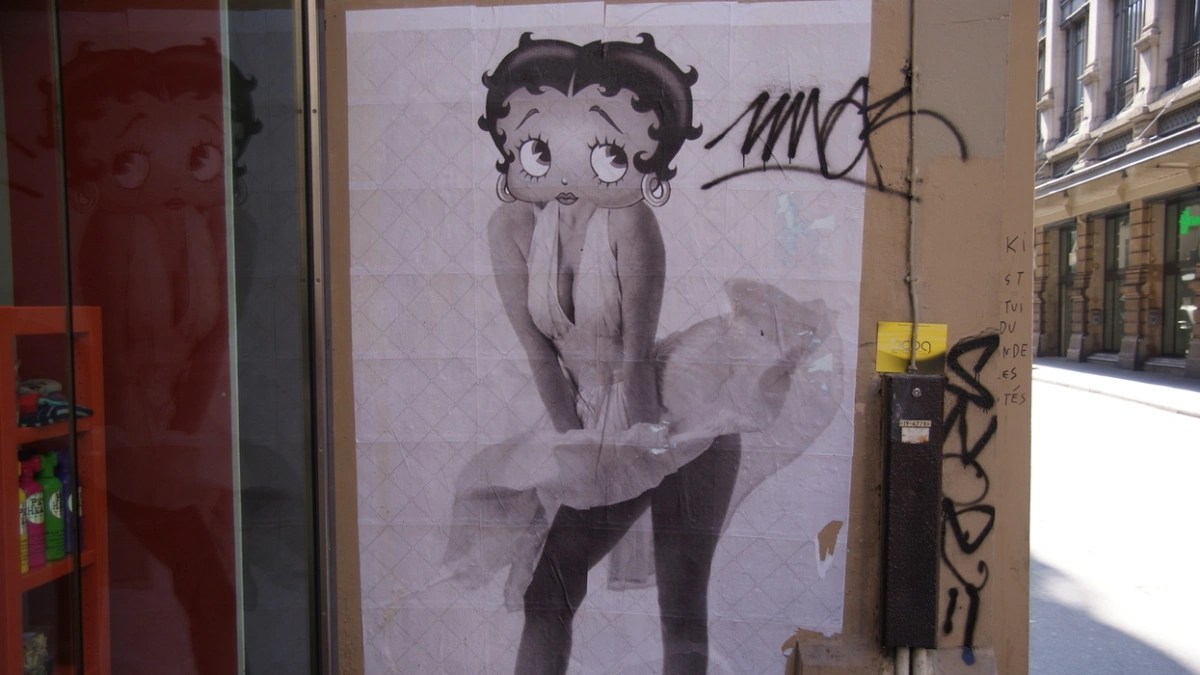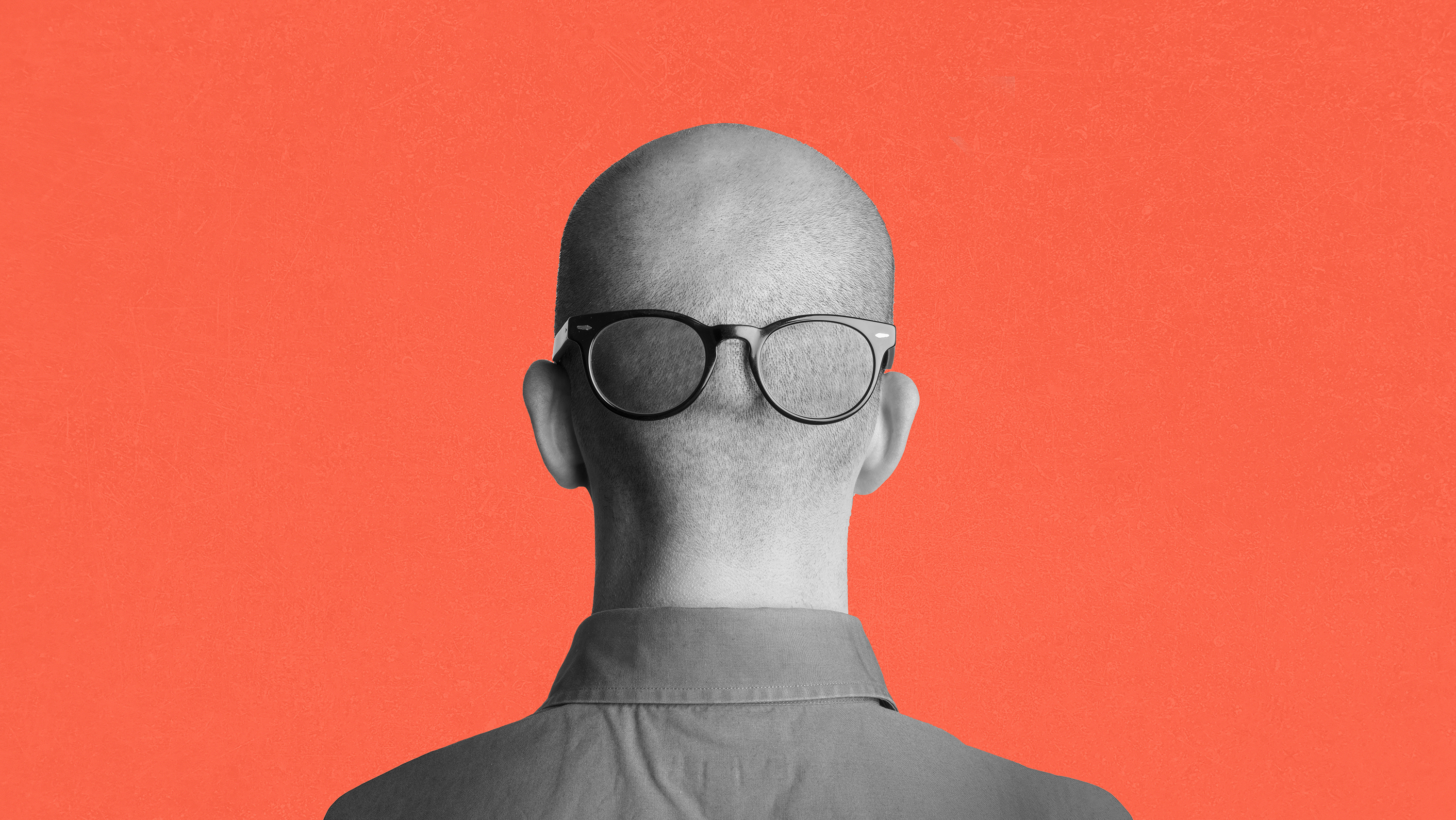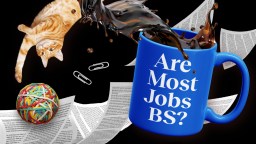Psychologist Valerie Purdie Greenaway is the first African American to be tenured in the sciences at Columbia University, in its entire 263 year history. Despite her celebrated position—and, in fact, perhaps because of it—she still struggles with perception, subtle stereotyping, and the enormous stakes of being one of few women of color in a leadership role. Here, Valerie Purdie Greenaway speaks with diversity and inclusion expert Jennifer Brown about being “the only” in a workplace, whether that is along lines of gender, race, culture, or sexual orientation, and how organizations and individuals can do more to recognize and address their biases. That also means letting go of the idea that stereotyping is a malevolent case of “bad people doing bad things.” What does discrimination really look like day to day? Most of it is subconscious, subtle, and is deeply embedded into the structure of organizations, which can have an impact on performance, mentorship, and staff turnover. Do you recognize any of your own behavior in this discussion? This live conversation was part of a recent New York panel on diversity, inclusion, and collaboration at work.
Jennifer Brown: There is a lot of interesting new technology that scrubs job descriptions for gendered words, because they are—literally the ways that companies are presenting opportunities is screening out—women are self-screening out, because they’re seeing words that they don’t relate to or resonate with. So technology is going to have to help us shortcut our biases because we are so, unfortunately, kind of hopeless when it comes to that. It's really hardwired into us to be biased against maybe ourselves and believing the stereotypes we hear, but then also particularly bias coming at us, of course, from folks who have not done the work around their own choices, right, putting us into boxes.
So I want to know from you about when you experienced, in your career, some stereotype threat, and how did you correct for it when you know that it may be being applied to you? How do you not get swamped by that? It’s like “the death by a thousand cuts,” you know, it does accumulate, and then it causes a lot of us, frankly, to leave organizations. We can’t even put a fine point on it, but we feel; we don’t feel valued and heard and welcomed. So how did you overcome that and claim your power and align that?
Valerie Purdie Greenaway: Yes, that’s a great question. So first, by way of background: as a professor at Columbia, I’m the first African American to ever be tenured in the sciences since Columbia started. So I think it’s an incredible achievement but it also says a lot about even where we are today.
People think I don’t struggle; I struggle every single day. I have perfectionistic “syndrome” where I work on an article for a year, and then I work on it for another year. And I know the literature that women are more likely to do that, that perfectionistic syndrome is linked to being worried about being stereotyped.
I make lots of decisions where I think very carefully about how I am perceived by others, and oftentimes I’ll be in, say, a faculty meeting or even when I’m talking to companies and senior leaders, and I’m like, “Well, how many comments should I make about race versus gender versus religion? Am I being seen as too this or too that?” So I worry about these things all the time. But a couple of things I know to be true: one is that when you take calculated risks and you put yourself a little bit out there, almost always something amazing happens. And so that is one thing that I’ve learned.
Two, I really believe that the whole diversity and inclusion architecture, people don’t understand the underlying science of it, and when they understand that it’s not about “people doing bad things” but about these structural differences, it sort of gives me hope and that helps me take these calculated risks. And I think the third thing is just me personally knowing, like, I will feel anxiety. Every time I sit down to write a paper, I go, “I’m the first African American tenured in the sciences, so this has got to be really good. This has to be, like, great. What do I do?!”
Whenever I think about that I understand that that’s coming partly from an environment where there’s lots of stereotypes. And just knowing that helps me kind of take a little bit off in terms of anxiety. But it’s something that I still work through every day, and it’s something that I work with senior leaders to help illuminate, that when you see underperformance—so in my field it’s how many articles are you writing a year, but in the corporate world it might be how many dollars are you bringing in or how many clients are you going to see or what your investment portfolio looks like—what I tell people is that underperformance doesn’t mean that you can’t do it. It might be something else, that maybe there's something about the structure. But you must have the same kinds of experiences. I’d love to hear, what do you do?
Jennifer Brown: I think that perfectionism is gendered. And if I were a person of color I’d have it even worse. Because I think when you’re the “only” there’s so much pressure on your shoulders. And this is the problem with the demographics as we see them in many companies and particularly at the senior level, when you are the “only,” there is just an undue amount of performance expectations. It feels riskier because it is! It’s real. You’re at that table like clinging to something that you’ve achieved and you are the first. So I think that it’s double work, as you said earlier, and triple work to not only be proficient and excellent but to be managing questions like: “Am I safe here, am I welcomed here, am I valued here? Am I a token?” All of those things that go through our heads.
That’s why I loved your comment about: who has supported you to help you believe that not only do you belong here, but that you’re a star and there are many stars behind you that you’re actually paving the way for.
I know in so much of my work with lower-level employees or early-in-career employees, seeing leaders like you who did make it—just the power of being able to see yourself reflected in someone who’s achieved and who is the first is one of those things that I think leaders don’t understand—that they’re role models: every single day, everything you do, and the fact that you matter a lot.
Valerie Purdie Greenaway: Thank you. I appreciate that. I remember early on in my career—and this is something that when I work with early-career employees I also talk to them about how I used to ask people for feedback constantly, and I would go find the person who I knew was going to be the most critical, and I would say, 'Tell me about my work,' even though I was really fearful.
So fast forward: I’ve done research over the past 15 years showing that people with some kind of outsider status are less likely to receive informal feedback.
So everyone receives formal feedback which is at the end of the year, or your mid-year review, but the "water cooler" feedback, which is what really matters, like, “Hey, I think that you should be doing this,” or, “Hey, have you thought about this,” or, “Hey, this new something-or-other came out and you should do this,” or, “Hey, you probably didn’t pull it together the way you should have, but come back the next day.” That informal feedback is really what pushes people in one direction or another.
So there are all of these subtle—so the way I always think about it is, what is the structure of the company that either gives rise or facilitates stereotypes in really unconscious ways? Or, what is the company doing to mitigate those stereotypes? And that is all at a very unconscious level.





